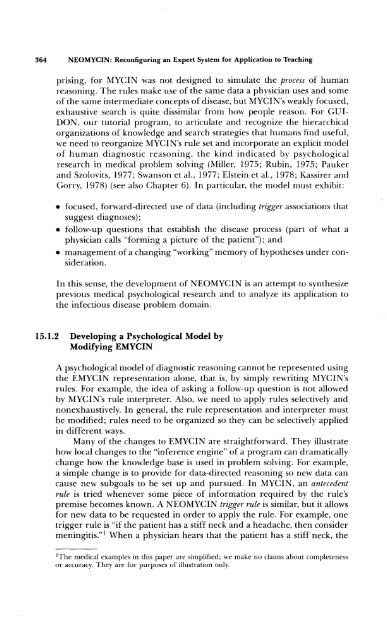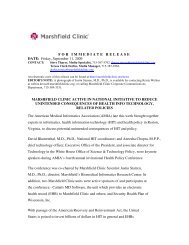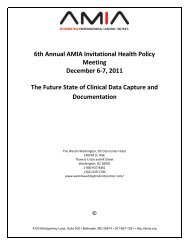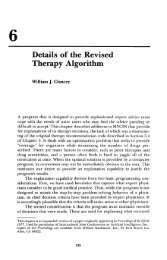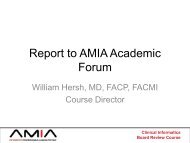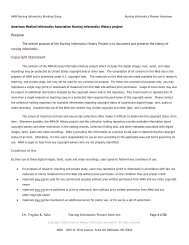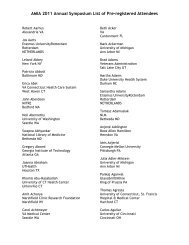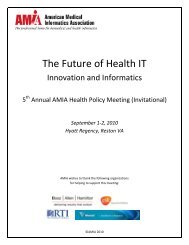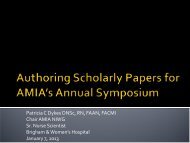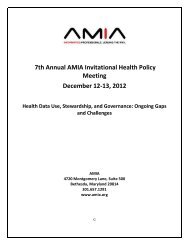Chapter 15 - People
Chapter 15 - People
Chapter 15 - People
You also want an ePaper? Increase the reach of your titles
YUMPU automatically turns print PDFs into web optimized ePapers that Google loves.
364 NEOMYCIN: Reconfiguring an Expert System for Application to Teachingprising, for MYCIN was not designed to simulate the process of humanreasoning. The rules make use of the same data a physician uses and someof the same intermediate concepts of disease, but MYCIN's weakly focused,exhaustive search is quite dissimilar from how people reason. For GUIDON, our tutorial program, to articulate and recognize the hierarchicalorganizations of knowledge and search strategies that humans find useful,we need to reorganize MYCIN's rule set and incorporate an explicit modelof human diagnostic reasoning, the kind indicated by psychologicalresearch in medical problem solving (Miller, 1975; Rubin, 1975; Paukerand Szolovits, 1977; Swanson et al., 1977; Elstein et al., 1978; Kassirer andGorry, 1978) (see also <strong>Chapter</strong> 6). In particular, the model must exhibit:• focused, forward-directed use of data (including trigger associations thatsuggest diagnoses);• follow-up questions that establish the disease process (part of what aphysician calls "forming a picture of the patient"); and• management of a changing "working" memory of hypotheses under consideration.In this sense, the development of NEOMYCIN is an attempt to synthesizeprevious medical psychological research and to analyze its application tothe infectious disease problem domain.<strong>15</strong>.1.2 Developing a Psychological Model byModifying EMYCINA psychological model of diagnostic reasoning cannot be represented usingthe EMYCIN representation alone, that is, by simply rewriting MYCIN'srules. For example, the idea of asking a follow-up question is not allowedby MYCIN's rule interpreter. Also, we need to apply rules selectively andnonexhaustively. In general, the rule representation and interpreter mustbe modified; rules need to be organized so they can be selectively appliedin different ways.Many of the changes to EMYCIN are straightforward. They illustratehow local changes to the "inference engine" of a program can dramaticallychange how the knowledge base is used in problem solving. For example,a simple change is to provide for data-directed reasoning so new data cancause new subgoals to be set up and pursued. In MYCIN, an antecedentrule is tried whenever some piece of information required by the rule'spremise becomes known. A NEOMYCIN trigger rule is similar, but it allowsfor new data to be requested in order to apply the rule. For example, onetrigger rule is "if the patient has a stiff neck and a headache, then considermeningitis."1 When a physician hears that the patient has a stiff neck, theIThe medical examples in this paper are simplified; we make no claims about completenessor accuracy. They are for purposes of illustration only.


